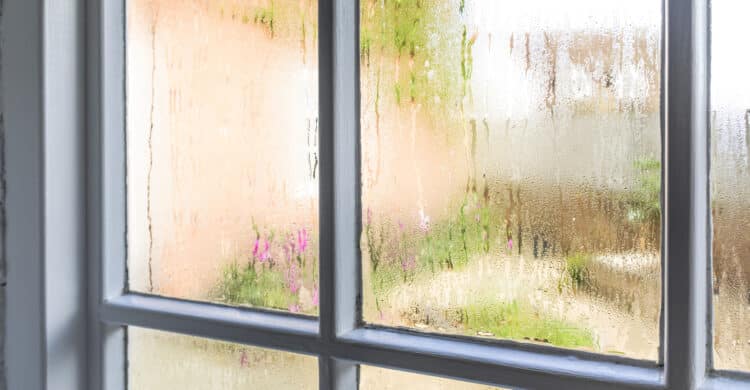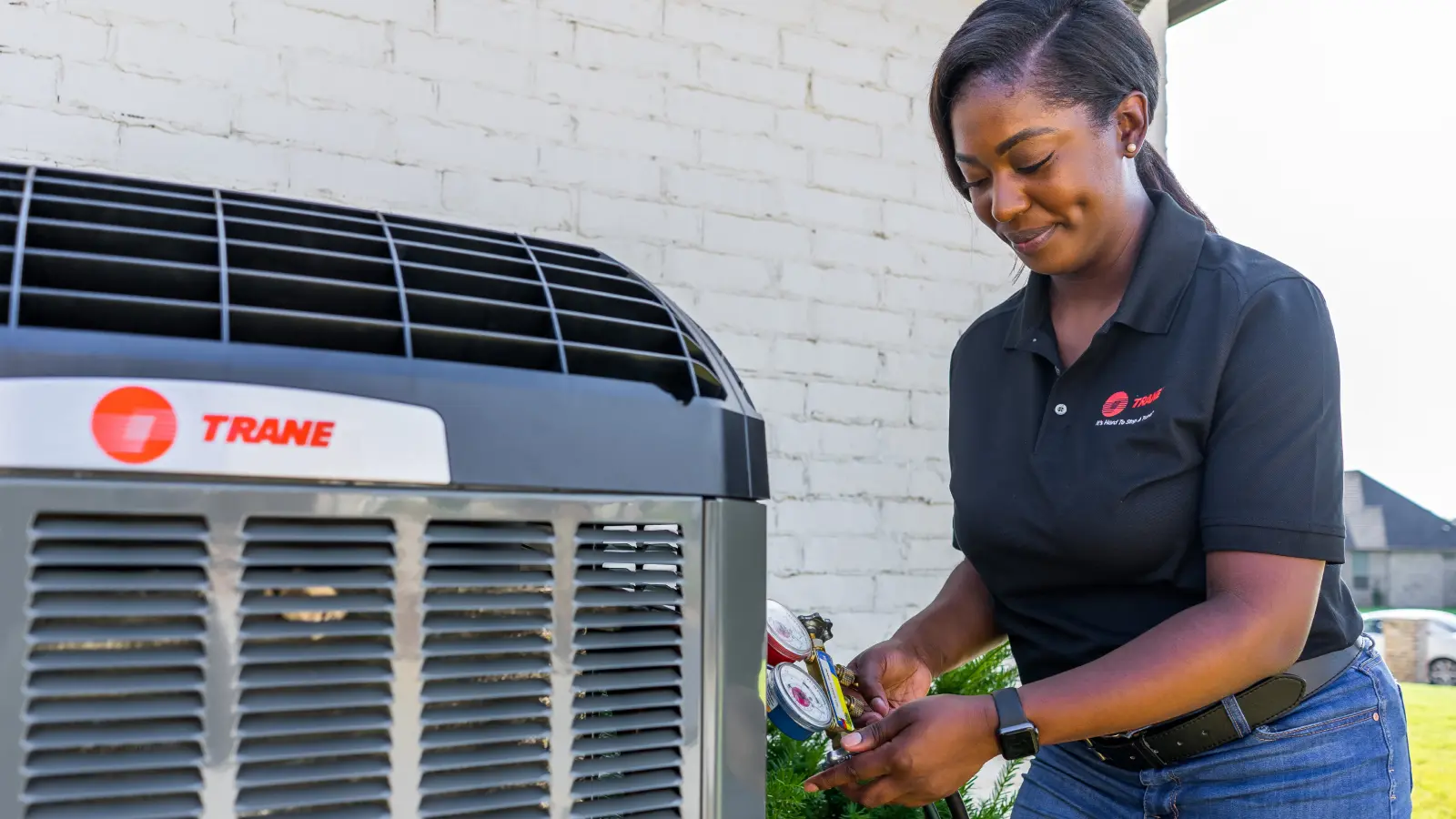
What Should the Humidity Level Be in Your House?
What Is the Ideal Indoor Humidity Level?
Humidity plays a crucial role in maintaining a comfortable and healthy home environment. But what exactly does this mean, and what is the ideal humidity level for a house?
Humidity refers to the amount of water vapor present in the air. Relative humidity measures this moisture compared to the maximum amount the air can hold at a specific temperature, expressed as a percentage. Several factors influence indoor humidity levels, including outdoor humidity, temperature, ventilation, and moisture-producing activities such as cooking and showering. Additionally, the number of occupants and pets in a home can also impact humidity levels.
What is the recommended indoor humidity range?
The EPA advises maintaining indoor relative humidity between 30-50% to ensure optimal comfort and health. This range helps prevent mold growth, dust mites, and other allergens while reducing respiratory issues and minimizing damage to the home. To determine if indoor humidity levels fall within this ideal range, a hygrometer is a useful tool. This device measures the moisture in the air and is available in both digital and analog models, many of which also display temperature. Placing hygrometers in various rooms allows for effective monitoring of humidity levels throughout the home, making it easier to make necessary adjustments.
Problems Caused by High Indoor Humidity Levels
High indoor humidity can lead to a range of issues, as experience has shown. Ignoring excess moisture in the home can result in various problems.
Health issues from high humidity
When humidity levels rise above 60%, it creates an ideal environment for mold, dust mites, and bacteria to thrive. These allergens can trigger respiratory issues, allergies, and asthma attacks. Signs of high humidity include stuffy air, condensation on windows, and musty odors, all of which should be monitored to prevent potential health problems.
Damage to home and belongings
Excess moisture not only affects health but can also damage the home and its contents. High humidity may cause wood floors and furniture to warp, peel wallpaper, and corrode metal items. Electronics are also at risk of malfunctioning due to excessive moisture in the air. These issues can lead to costly repairs, highlighting the importance of managing indoor humidity effectively.
Mold and mildew growth
Mold and mildew thrive in environments with relative humidity above 60%. These fungi can grow on walls, ceilings, and fabrics, causing musty odors and potentially leading to serious health problems. Bathrooms and basements are particularly prone to mold and mildew growth, making it essential to regularly check these areas for signs of moisture buildup.
Dust mite infestations
Dust mites, which feed on dead skin cells, thrive in humid conditions and are a common allergen. Keeping indoor humidity below 50% can help control dust mite populations and reduce allergy symptoms. While dust-mite-proof covers for pillows and mattresses can offer additional protection, maintaining appropriate humidity levels is the most effective way to manage these pests.
Uncomfortable living conditions
High humidity can make living spaces feel stuffy and uncomfortable, particularly during summer. It may also cause condensation on windows and mirrors, leading to a clammy feeling. Improving air circulation by using fans and opening windows can help reduce humidity levels, though a dehumidifier may be necessary for more severe moisture issues.
Problems Caused by Low Indoor Humidity Levels
While high humidity often garners attention, low humidity can also present significant issues. Excessively dry air in the home can impact both health and property.
Health issues from low humidity
Dry indoor air can lead to dry skin, chapped lips, nosebleeds, and sore throats. It can also irritate the eyes and respiratory tract, increasing susceptibility to colds and flu. When humidity levels drop, the resulting dryness can cause discomfort and health problems.
Damage to wood furniture and floors
Excessively dry air can damage wood furniture and floors by causing the wood to shrink and crack over time. This type of damage is often irreversible and may necessitate costly repairs.
Static electricity buildup
Low humidity levels increase static electricity, leading to annoying shocks when touching metal objects or other people. Static electricity can also harm sensitive electronics. Adding moisture to the air with a humidifier can help reduce these static shocks.
Increased susceptibility to colds and flu
Dry air can make the mucous membranes in the nose and throat more vulnerable to viral infections. Research suggests that maintaining indoor humidity between 40-60% can reduce the survival and transmission of flu viruses. Using a humidifier can be an effective measure to help maintain sinus health and overall well-being.
Maintaining the ideal indoor humidity range of 30-50% can help prevent the problems associated with both high and low humidity, creating a healthier and more comfortable living environment.
How to Control Indoor Humidity Levels
Controlling indoor humidity is essential for maintaining comfort within the home. High humidity can lead to a sticky and unpleasant environment, while low humidity can cause various health issues. Effective management of moisture levels can be achieved through the use of dehumidifiers, humidifiers, and proper ventilation.
Using a dehumidifier
When humidity levels rise, a dehumidifier helps by removing excess moisture from the air. This prevents mold growth and maintains a comfortable environment. Options include whole-house dehumidifiers that integrate with the HVAC system for comprehensive coverage, or portable units designed for specific rooms.
Using a humidifier
Conversely, during dry periods such as winter, a humidifier adds moisture to the air to prevent issues like dry skin, sore throats, and increased susceptibility to colds and flu. Both whole-house and portable humidifiers are available to address different needs.
Adjusting air conditioning settings
Air conditioners not only cool but also remove heat and moisture from the air. Adjusting thermostat settings can help manage humidity levels effectively. Setting the temperature slightly higher can prevent over-drying, while still controlling excess moisture.
Improving ventilation
Good ventilation is crucial for humidity control. Enhancing airflow helps regulate moisture levels by removing humid air and bringing in drier air from outside. Opening windows, using fans, and maintaining the HVAC system are simple yet effective measures.
Using exhaust fans
Exhaust fans, commonly found in bathrooms and kitchens, help manage moisture produced by activities such as showering and cooking. Running these fans during and after these activities assists in removing excess humidity and preventing issues like foggy mirrors.
Tips for Maintaining Ideal Indoor Humidity Levels
Effective humidity control involves more than just setting up dehumidifiers and humidifiers. Regular monitoring is essential to ensure that humidity levels remain within the ideal range.
Regularly check humidity levels
Consistently monitoring humidity levels is crucial. Regular checks in different rooms at various times of the day provide insight into how well humidity control measures are working. If levels deviate from the ideal range, adjustments may be needed.
Use a hygrometer
A hygrometer measures the moisture content in the air, offering a clear picture of indoor humidity. These devices can be integrated into thermostats or purchased as standalone units. Placing hygrometers in key areas like bedrooms, living rooms, and basements helps keep track of humidity levels.
Adjust humidity control devices as needed
Based on hygrometer readings, it may be necessary to adjust dehumidifier or humidifier settings to maintain the optimal 30-50% humidity range. Regular adjustments help achieve the right balance for the home’s specific needs.
Keep home well-ventilated
Ventilation should be a continuous practice. Opening windows when possible, using exhaust fans during and after activities that generate moisture, and ensuring proper HVAC system airflow all contribute to effective humidity management. Consistent ventilation supports healthy humidity levels and overall air quality.
Address any leaks or moisture issues promptly
Leaks and moisture problems can disrupt humidity control efforts. Issues such as leaky pipes, damp basements, or poorly sealed windows introduce excess moisture. Regular maintenance and prompt resolution of these issues are crucial for maintaining ideal humidity levels and preventing more significant problems.Conclusion
Maintaining the ideal indoor humidity level is crucial for a comfortable and healthy home environment. According to the EPA, the optimal range is between 30-50%. This range supports easier breathing, better sleep, and helps protect the home from moisture-related damage.
Investing in a hygrometer to monitor humidity levels is a wise choice. If issues arise, using a dehumidifier or humidifier can effectively address them. Good ventilation practices, such as opening windows and using exhaust fans, also play a significant role in managing indoor humidity.
For comprehensive humidity control, Conditioned Air Systems offers solutions tailored to maintaining optimal indoor conditions. By keeping indoor humidity levels within the recommended range, the home will remain a comfortable and inviting space, free from discomfort and moisture-related problems.
Take Control of Your Home’s Comfort Today!

